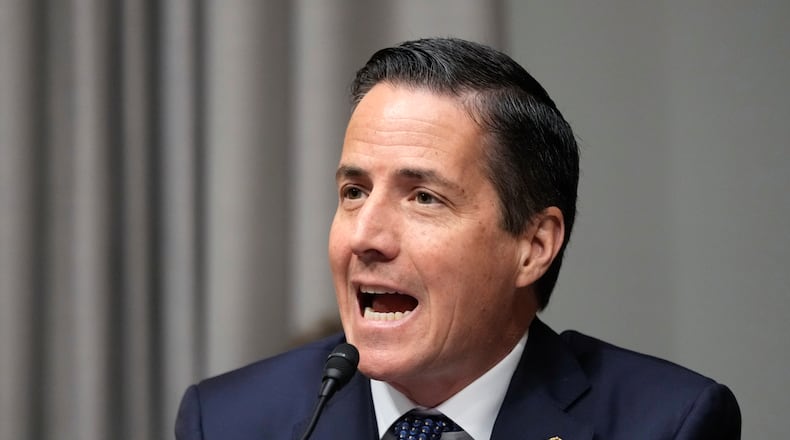“Let’s just vote with Republicans. We’ve got 52 Republicans. Let’s go and let’s open the government,” said the Ohio Republican. “It may get to that.”
Senate Democrats have used the filibuster over a half-dozen times in recent weeks to block final action on a House-passed temporary funding plan. They hope to use that leverage to force Republicans to extend expiring health insurance subsidies under the Obama health law.
That temporary funding bill drew 55 votes in the Senate — but still needs five more to reach the magic supermajority of 60 votes.
Historically, support for the filibuster has ebbed and flowed depending on which party was in charge of the Senate and has often crossed party lines.
For example, back in 2016, former U.S. Sen. Sherrod Brown — who lost to Moreno in 2024 and has announced a new bid for Senate in 2026 — signed a bipartisan letter to preserve the filibuster, arguing that procedural tactic would ensure that the Senate remains the “world’s greatest deliberative body.”
But a few years later, Brown changed his tune as Democrats were trying to pass major voting rights legislation.
“I think we should do away with the filibuster,” Brown said.
Ending the filibuster would basically make the Senate like the House — where a majority could carry the day on any legislative item, instead of the 60 votes currently needed to force final action on the Senate floor.
While Republicans used the filibuster extensively when they were in the minority, now it is Senate Democrats using that procedural hurdle to slow Republicans and the Trump agenda.
“Democrats would filibuster the White House janitor if they had the opportunity,” said U.S. Sen. John Barrasso, R-Wyoming.
While there are other Republicans in Congress who have echoed Moreno’s suggestion to consider doing away with the filibuster, that idea might not go far with top Senate Republicans.
“The filibuster will be safe under Republican control,” Senate Majority Leader John Thune declared last November after the GOP took control of the Senate.
“It encourages compromise and helps ensure that all Americans, not just those whose party is in the majority, have a voice in the legislative process,” Thune added.
But when it comes to the current battle over a temporary funding plan for the federal government, Republicans have said they’re not interested in any compromise with Democrats over a seven-week funding plan already passed by the House.
“I think we should always be open to listen to them about anything, but not over a government shutdown,” U.S. Sen. Jon Husted told reporters. “A government shutdown needs to be cleared off the table, and then we can talk about anything that they want to talk about.”
The filibuster is not sacrosanct by any means. In recent years, both parties have poked holes in how it has been used to delay presidential nominations.
But the two parties have refused to chip away at how the filibuster can stop regular bills, as 60 votes are required to force final action, on what’s known as a cloture vote.
The Senate created the cloture rule in 1917, in part because of a filibuster during World War I that aggravated President Woodrow Wilson.
About the Author
